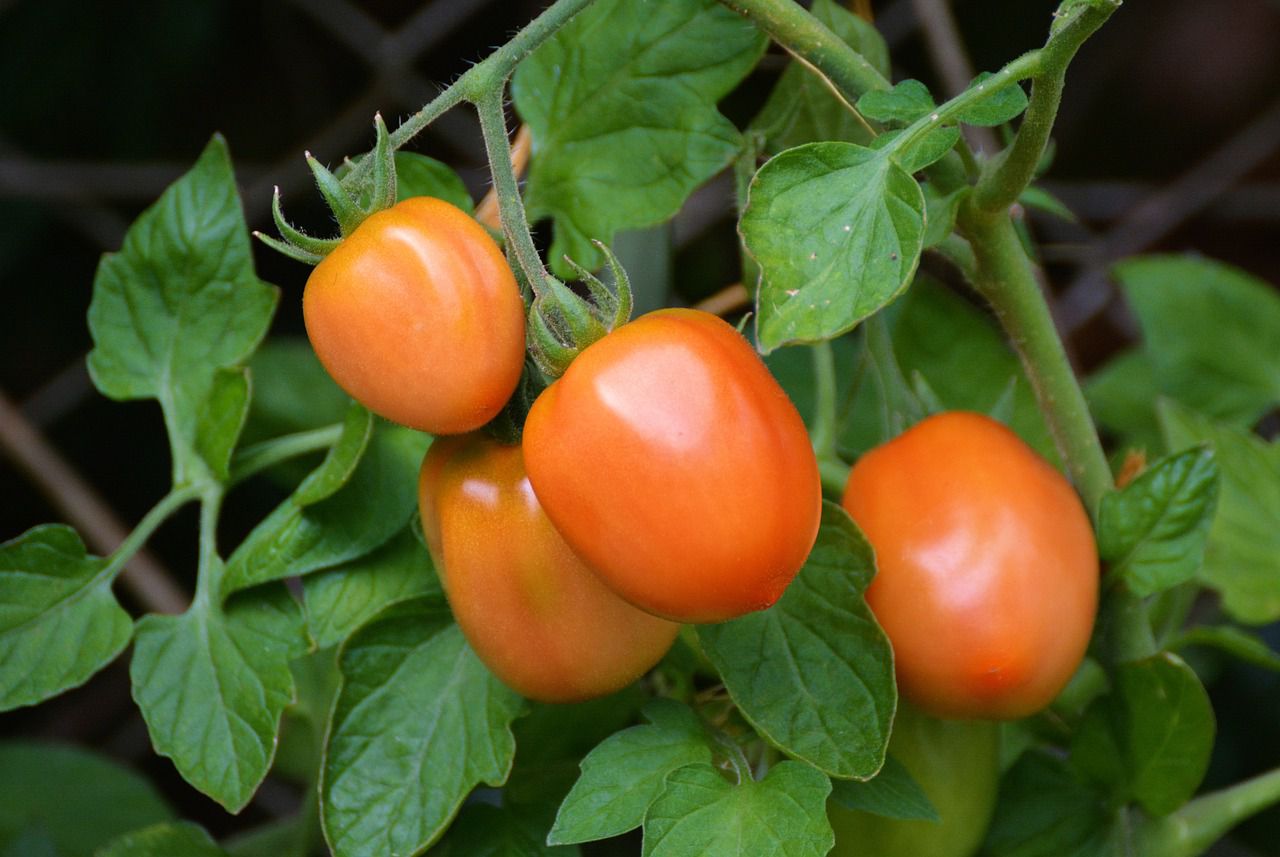Both dry and liquid fertilizers can be extremely helpful for gardeners.
Sometimes you can combine them to achieve better results, but sometimes you have to stick to one option.
Here are the main benefits of both of them.

Dry fertilizers have the following benefits.
Long-lasting
Dry fertilizers are slow-release formulas that provide a steady supply of nutrients to the plants over an extended period.
Easy application
They can be spread evenly around the base of the plants or incorporated into the soil during planting.
Nutrient control
Dry fertilizers often have a balanced nutrient profile, containing essential elements like nitrogen (N), phosphorus (P), and potassium (K) in specific ratios.
Reduced risk of over-fertilization
Since dry fertilizers release nutrients slowly, there is a lower risk of over-fertilizing your tomato plants, which can lead to nutrient imbalances or burn the plants.
Liquid tomato fertilizers have the following benefits.
Quick absorption
Liquid fertilizers are fast-acting because they are readily available for plant roots to absorb.
Foliar application
Liquid fertilizers can be applied directly to the foliage of tomato plants, allowing the leaves to absorb nutrients.
Customizable nutrient ratios
Liquid fertilizers often come in concentrated forms that can be diluted according to specific nutrient requirements.
Increased nutrient availability
Liquid fertilizers can enhance nutrient availability in the soil, especially when applied through foliar feeding.












